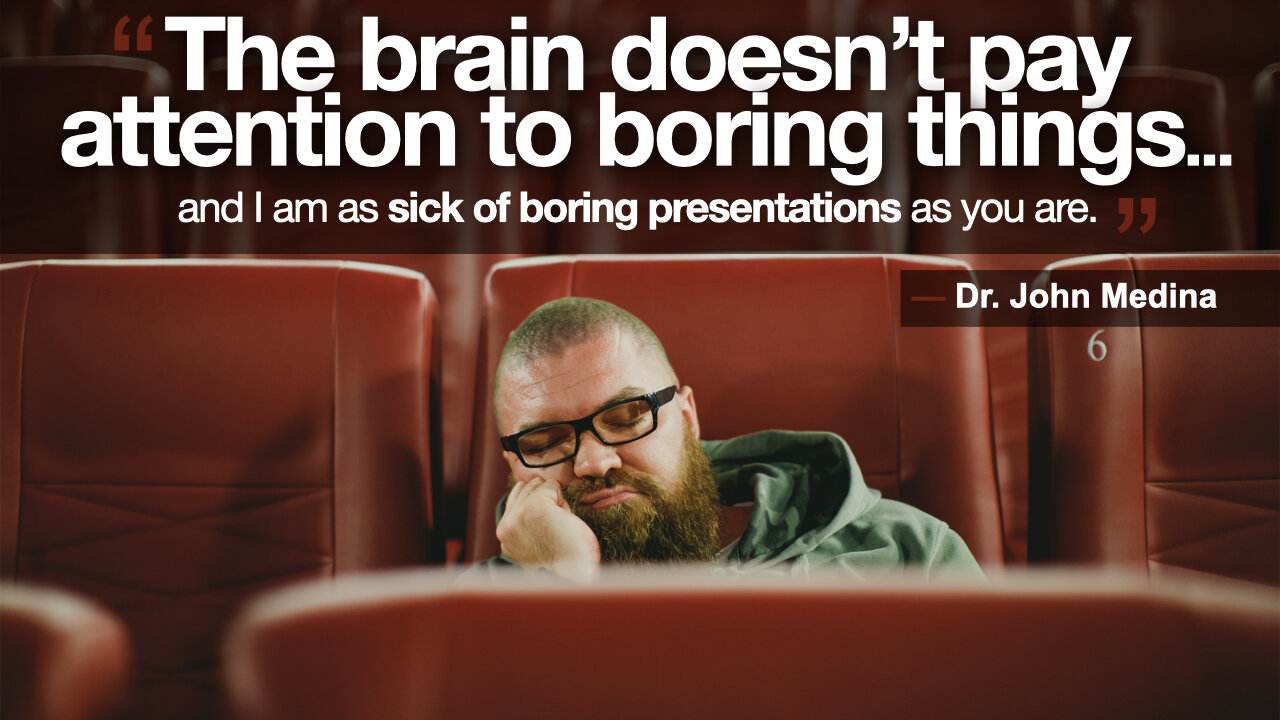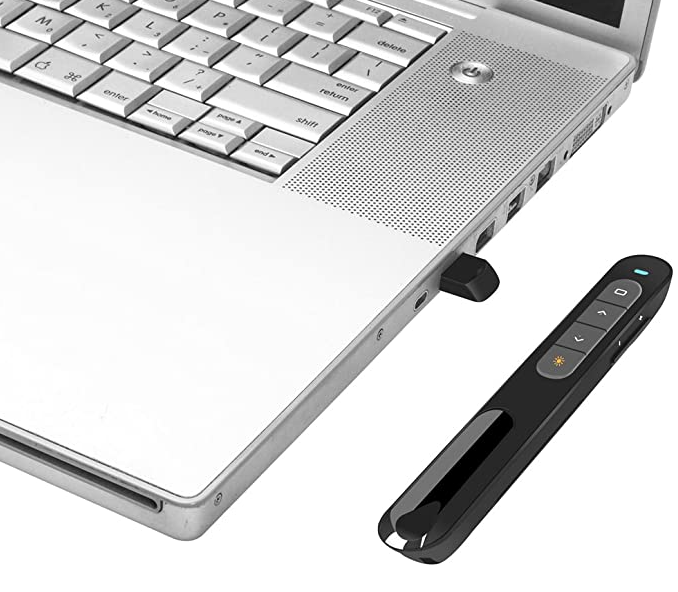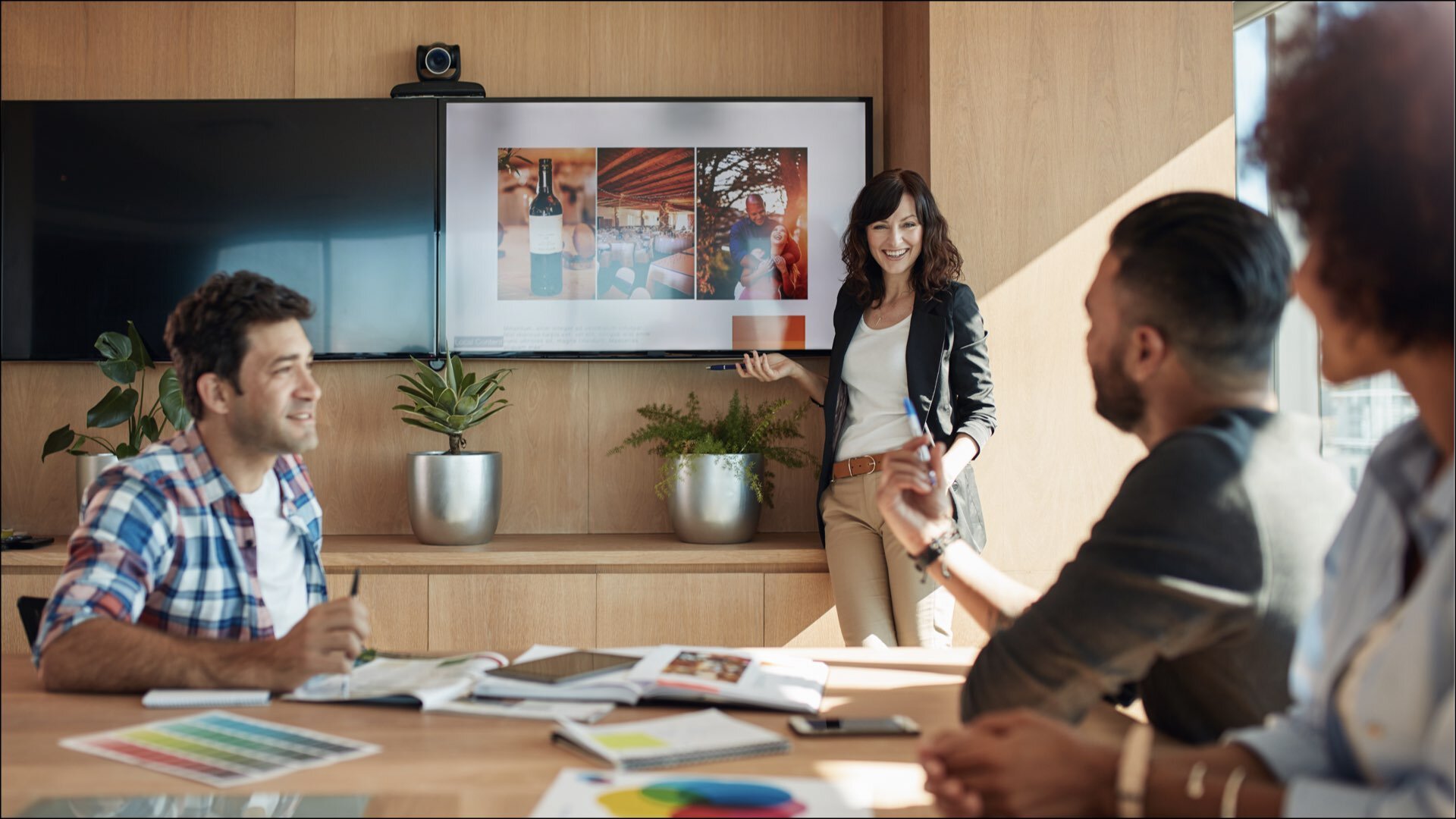
Presentation Zen®
DELIVERY TIPS
(1) Start strong
You’ve heard it before: First impressions are powerful. Believe it. The first 2-3 minutes of the presentation are the most important. The audience wants to like you and they will give you a few minutes at the beginning to engage them — don’t miss the opportunity. Most presenters fail here because they ramble on too long about superfluous background information or their personal/professional history. Open with a key and surpassing data visualization or a very short story that grabs their attention and illustrates at least part of your key message that then segues into the beginnings of your presentation. Early on let the audience know what is in it for them. Tell or show them why it matters and why they should care.
(2) Show your passion
Let your passion about your topic show and let that enthusiasm come out. Yes, you need great content. Yes, you need professional, well designed visuals. But it is all for naught if you do not have a deep, heartfelt belief in your topic. You are curious about your topic. You think it matters. Let your audience see that. The biggest item that separates mediocre presenters from world-class ones is the ability to connect with an audience in an honest and engaging way. Don’t hold back. And let your passion for your topic come out for all to see. Your feelings are contagious. If you are enthusiastic, or passionate, or have a genuine interest and curiosity about the topic, then your audience will feel that.
(3) Keep it short
Humans have short attention spans when it comes to passively sitting and listening to a speaker. Audience attention is greatest at the opening and then again when you say something like “In conclusion....” This is just the human condition, especially so for the busy (often tired) students and professionals today. So, if you have 30 minutes for your talk, finish in 25 minutes. It is better to have the audience wanting more (of you) than to feel that they have had more than enough. Professional entertainers know this very well. And never, ever, ever go over time. Finish early or finish right on time. (See Hara Hachi Bu.)
(4) Move away from the lectern
Get closer to your audience by moving away from or in front of the lectern or podium. The lectern is a barrier between you and the audience, but the goal of our presentation is to connect with the audience. Removing physical barriers between you and the audience will help you build rapport and make a connection.
(5) Use a remote-control device
To advance your slides and builds, use a small, handheld remote. A handheld remote will allow you to move away from the lectern. This is an absolute must. I like small and simple. This one— the DinoFire Presentation Clicker—is extremely popular and it does work well. It’s also quite affordable. This kind of remote uses radio waves to communicate with the small USB receiver that you plug into your computer (be careful not to lose it—it is tiny!). This means that you do not ever need to point your remote in the direction of the computer or anything else. Just hold the remote naturally as if you were holding a pen in your hand and simply push your thumb down without looking at your hand. It only takes a few minutes to get used to this and soon it will feel so natural to you that the audience will never even notice that you are holding a remote.
(6) Remember the “B” key
If you press the “B” key while your PowerPoint or Keynote slide is showing, the screen will go blank or black (press “W” and the screen will go white). This is useful if you need to digress or move off the topic presented on the slide. By having the slide blank, all the attention can now be placed back on you. When you are ready to move on, just press the “B” key again and the image reappears. It is useful to build black slides into your presentation, allowing for visual breaks and for the attention to shift completely to you or to others in the audience, but for times when you need the screen to go blank, remember the B key can help you anytime.
(7) Make good eye contact
Try looking at individuals rather than scanning the group. Since you are using a computer, you never need to look at the screen behind you — just glance down at the computer screen briefly. One sure way to lose an audience is to turn your back on them. And while you’re maintaining great eye contact, don’t forget to smile as well. Unless your topic is very grim, a natural smile can be a very powerful thing. If you can, record yourself presenting. When you view your presentation delivery, you may find that you looked more grumpy or low-energy than you realized. Sometimes we have to amp up our energy in a way that we don’t when we are just talking with friends. When you are in front of a group, establish eye contact with different people as you go through the talk. It is not enough to just gaze over the top of the audience or look in the general direction of a few people. When you actually look at and connect with different people—even if only for a few moments—your energy level goes up and you seem more engaging and natural which in turn makes it much easier for the audience to listen to listen to you and learn from you.
(8) Keep the lights on
If you are speaking in a meeting room or a classroom, the temptation is to turn the lights off so that the slides look better. But go for a compromise between a bright screen image and ambient room lighting. Turning the lights off — besides inducing sleep — puts all the focus on the screen. The audience should be looking at you more than the screen. Today’s projectors—and especially wall-mounted displays—are bright enough to allow you to keep many or all of the lights on.
(9) At all times: courteous, gracious, & professional
When audience members ask questions or give comments, you should be gracious and thank them for their input. Even if someone is being difficult, you must keep to the high ground and at all times be a gentleman or lady and courteously deal with such individuals. The true professional can always remain cool and in control. Remember, it is your reputation, so always remain gracious even with the most challenging of audiences.
(10) Dress the part
Generally, you should dress a little more formally than the audience. Your attire may depend on the audience. A Silicon Valley internal presentation is a lot more casual than, say, a keynote for a leadership conference. However, it’s better to be too formal rather than too casual. If you find you’re a bit too formal for the audience once you arrive, you can always remove your tie or jacket, but it is nearly impossible to increase the formality of your attire if you did not bring the clothes.
(11) Dealing with nervousness
The more you are on top of your material the less nervous you will be. If you have taken the time to build the logical flow of your presentation, designed supporting materials that are professional and appropriate, there is much less to be nervous about. And, if you have then actually rehearsed with an actual computer and projector (assuming you are using slideware) several times, your nervousness will be manageable. We fear what we do not know. If we know our material well and have rehearsed the flow, know what slide is next in the deck, and have anticipated questions, then we have eliminated much of the unknown. When you remove the unknown and reduce anxiety and nervousness, then confidence will grow. Here are Five tips for dealing with presentation nerves by my friend Les Posen, a psychologist in Australia who specializes in treating anxiety.
(12) Meet the audience
Arrive early to make sure everything is set and working before people arrive if you can. Then in the time before your talk, go into the audience and mingle, introduce and talk to a few people. You can then even ask why they are interested in this topic or what questions that they may have. This will reduce your nerves and the audience no longer is an abstract blob but rather a group that is at least a little more familiar now.













